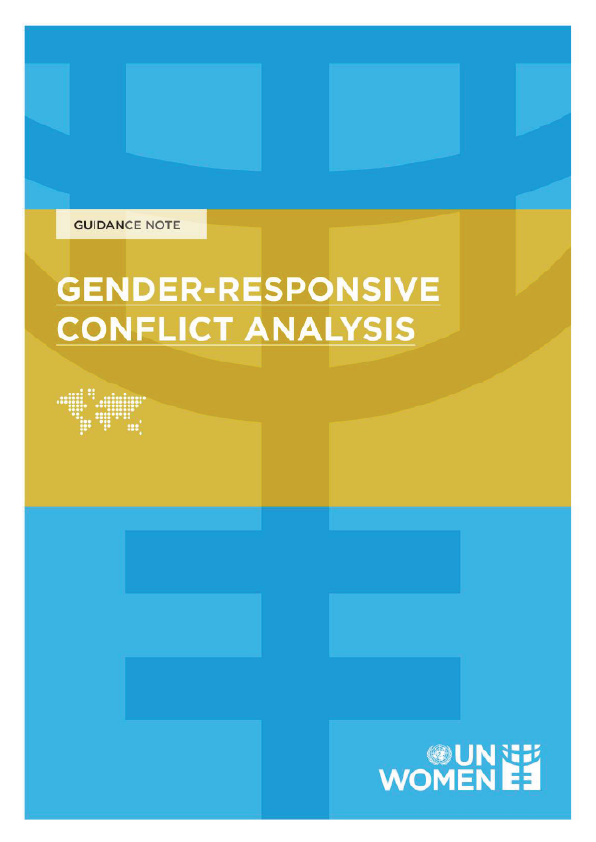How discovering an equation for altruism cost George Price everything. By Michael Regnier.
Laura met George in the pages of Reader’s Digest. In just a couple of column inches, she read an abridged version of his biography and was instantly intrigued. In the 1960s, apparently, egotistical scientist George Price discovered an equation that explained the evolution of altruism, then overnight turned into an extreme altruist, giving away everything up to and including his life.
A theatre director, Laura Farnworth recognised the dramatic potential of the story. It was a tragedy of Greek proportions – the revelation of his own equation forcing Price to look back on his selfish life and mend his ways, even though choosing to live selflessly would lead inexorably to his death. But as she delved into his life and science over the next five years, Farnworth discovered a lot more than a simple morality tale.
Born in New York in 1922, George Price realised pretty early on that he was destined for greatness. In a class full of smart kids he was one of the smartest, especially with numbers. He was in the chess club, obviously, and his mathematical brain was naturally drawn to science. Determining that there was no rational argument for God’s existence, he became a militant atheist, too.
His PhD came from the University of Chicago for work he did on the Manhattan Project – having graduated in chemistry, he’d been recruited to find better ways to detect traces of toxic uranium in people’s bodies. Although it had been a top secret project, young Price must have felt he was already part of world events. Obsessed with applying his brilliance to big problems, however, he struggled to find a job that satisfied him. Instead, he pursued his big ideas outside work, and not only scientific ones: he wasn’t afraid of wading into public arguments with famous economists, and even sent his plans for world peace to the US Senate. He didn’t understand why other people didn’t take up his ideas: the solutions seemed so obvious to him.
Domestic problems were a different matter. He’d met his wife, Julia, on the Manhattan Project, but as well as being a scientist she was a devout Roman Catholic. The marriage was hard-pressed to survive Price’s scathing views on religion, and after eight years and two daughters – Annamarie and Kathleen – they divorced. Fed up with his job, his life and the distinct lack of recognition in America, Price cut his ties in 1967 and crossed the Atlantic to London, intent on making a great scientific discovery there. He felt he had just a few more years to make his mark, but as it turned out, he needed only one.
Reference:
- The Price of Altruism, Oren Harman’s detailed biography of George Price, published by W W Norton.
- An additional biography of George Price, published in Lingua Franca in 2000.
- Volume 1 of Narrow Roads of Gene Land: The collected papers of W D Hamilton, which discusses the relationship that developed between Hamilton and Price.
- A primer on the Price equation, published in Current Biology in 2008. [PDF]
- A quick guide to altruism, published in Current Biology in 2006. [PDF]
- The Stanford Encyclopedia of Philosophy’s entry for biological altruism, which offers a more in-depth summary of the topic.
- Camden People’s Theatre’s overview of Laura Farnworth’s Calculating Kindness.











